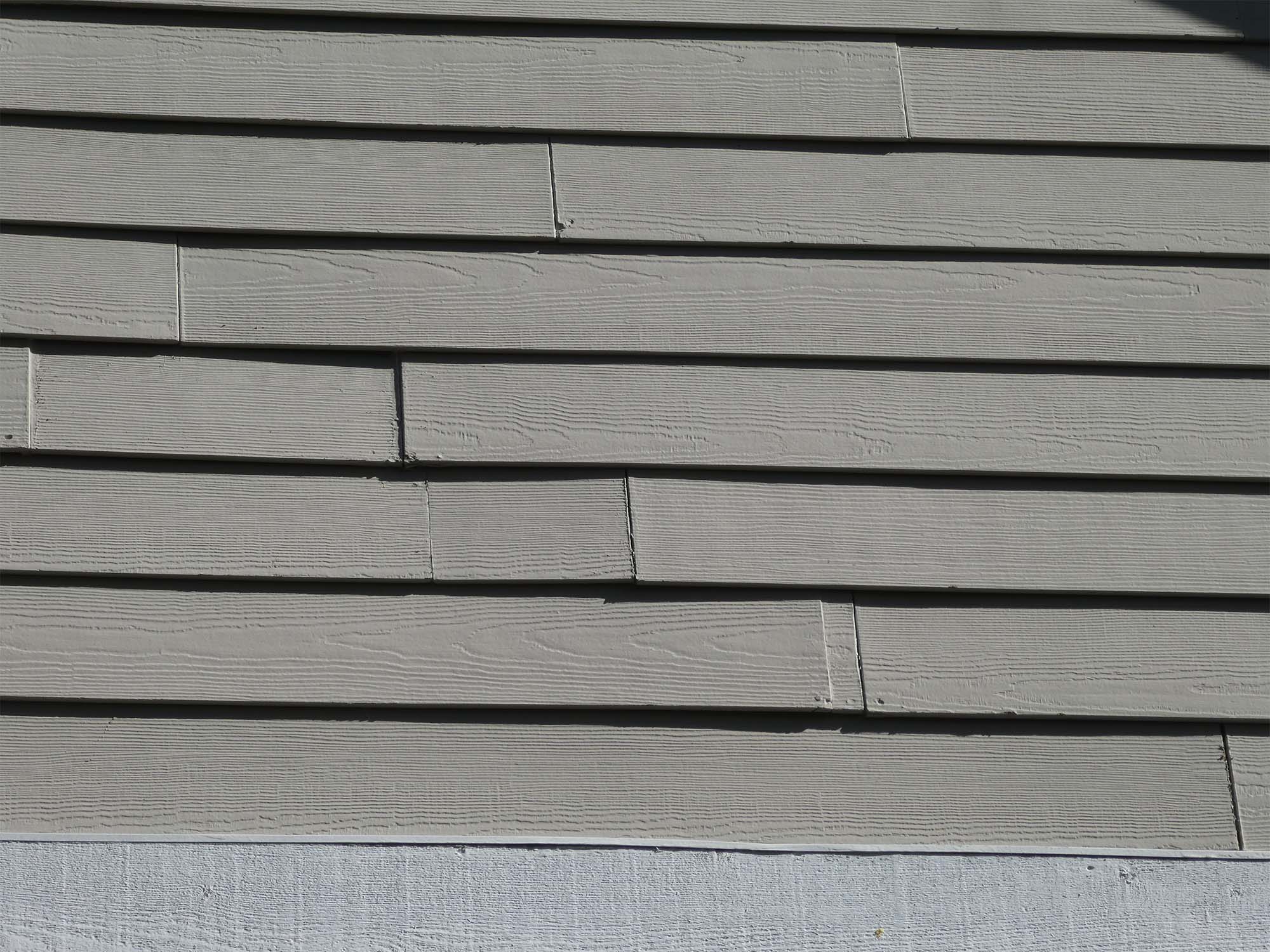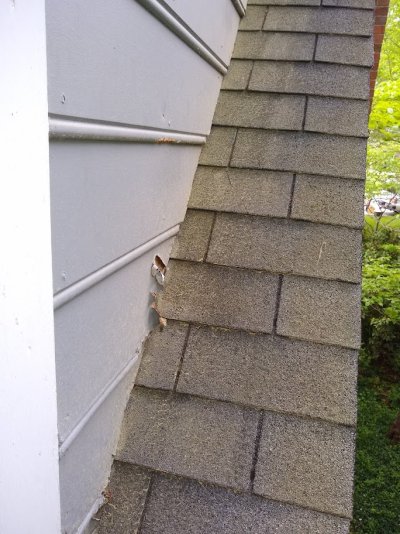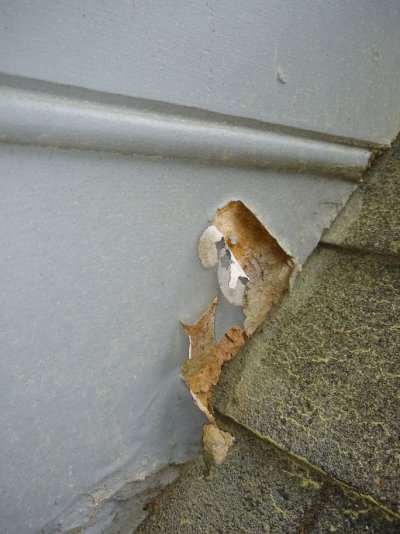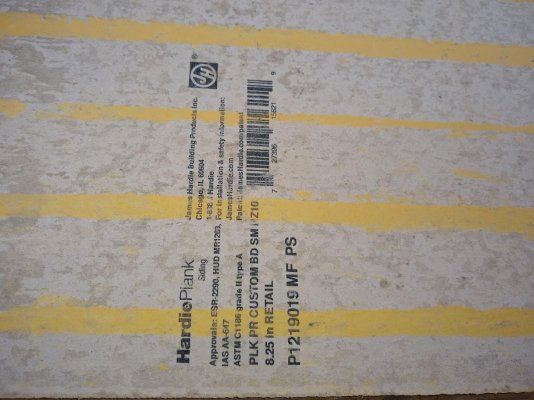We’ve got painted cedar shakes now..tired of painting… considering vinyl, but a GC that’s done work for us in the past suggested those hardie cement boards. I had heard of moisture issues with these so….
Cement board or hardy board are an excellent product and will last forever. That is what people are going with. No hail damage and stands up like no other siding on the market. IMO
+1 Hardie cement board is FANTASTIC.
We had it put on our addition in 2005, and also replaced the failing cedar siding on that side of the house (East), and South sides. Remember, this stuff is
cement. Moisture does *not* affect it (you may be thinking of other non-cement 'hard-board' products).
I painted it myself at the time (it was primed, you can order colors now), and not being a pro, I probably didn't get as thick and even a coat on as I should have. But still, TWELVE years later, with zero maintenance, it looked almost as good as the day the paint went on. The paint (solid-colored stain in my case), just sticks to this stuff. There was absolutely *zero* peeling or cracking in 12 years. It looks better than the cedar did after two years.
And the woodpecker that made holes in the cedar wouldn't touch it. Insects don't touch it.
Did I mention that it is FANTASTIC?
And the only reason to repaint after 12 years it was the paint had sort of worn/weathered and looked 'thin'/transparent, and I needed the cedar on the other sides of the house painted, so I had the whole thing done.
I highly recommend this product, but make sure your installer is familiar with it, and knows how to cut it, and nail it w/o blowing it out. Ours could have done abetter job, but it still was 10x greater than cedar. And you will recoup at least some of your money with less frequent painting. But it's also great that it looks good for so many years between paint jobs, instead of "Oh, house is looking bad, I really should spend those $$$ to get it painted). No guilt, it looks great for a decade or more.
-ERD50




